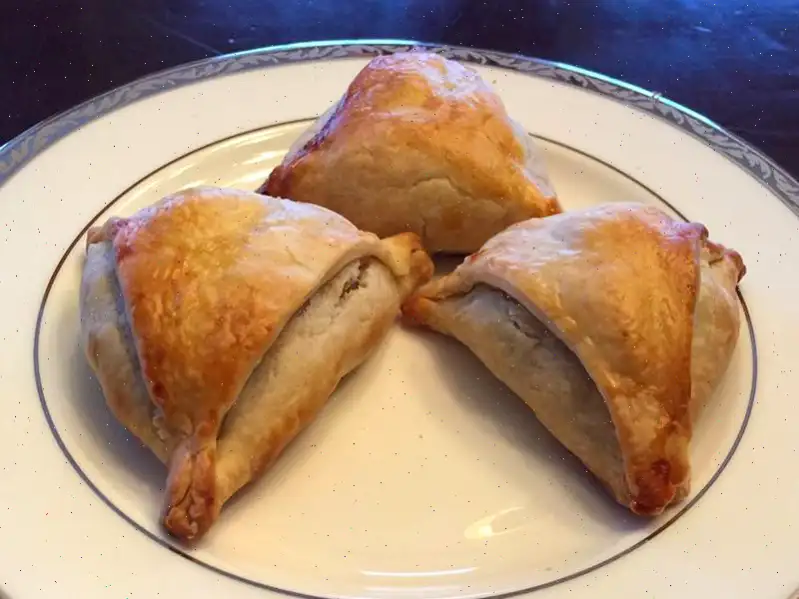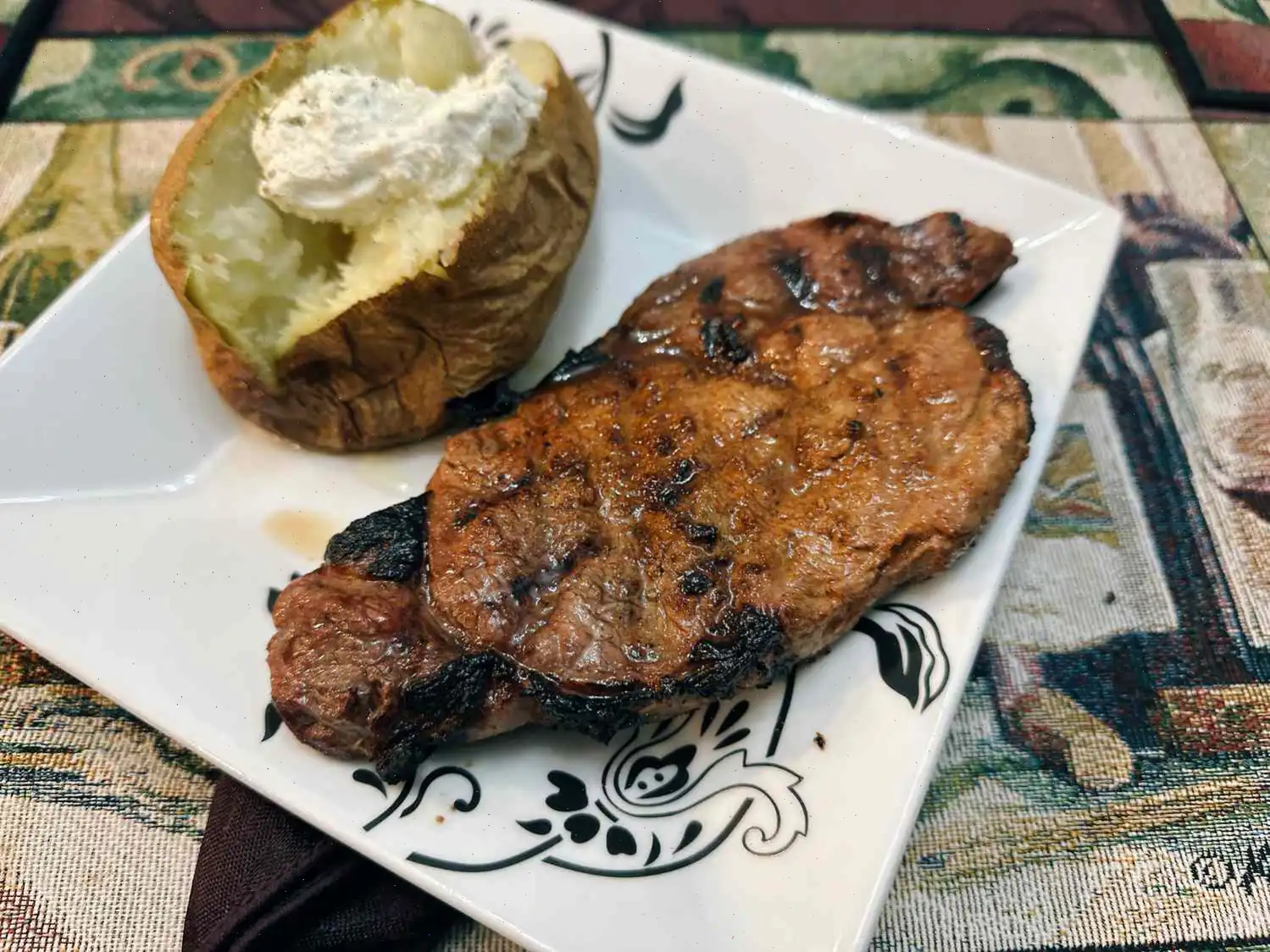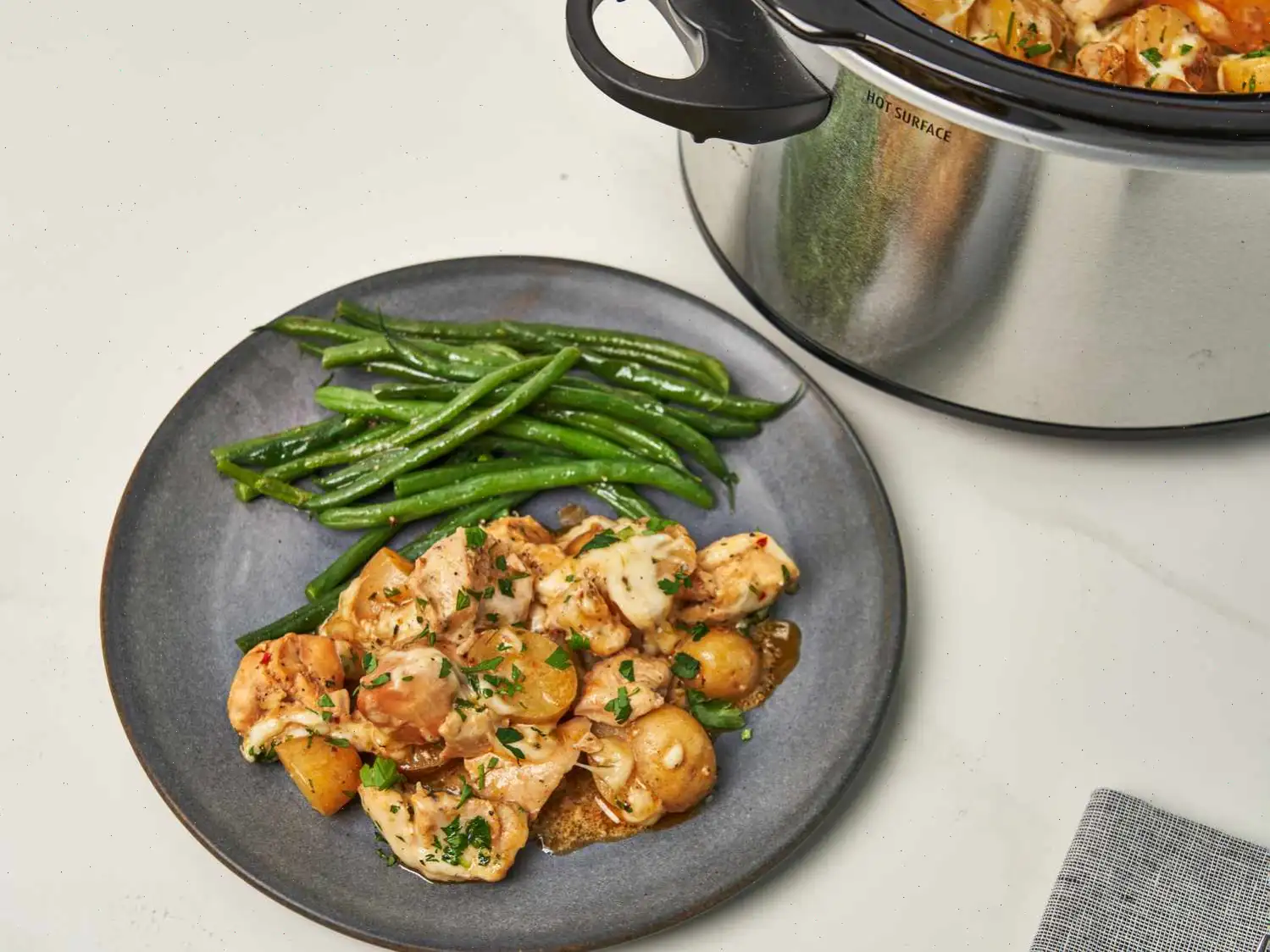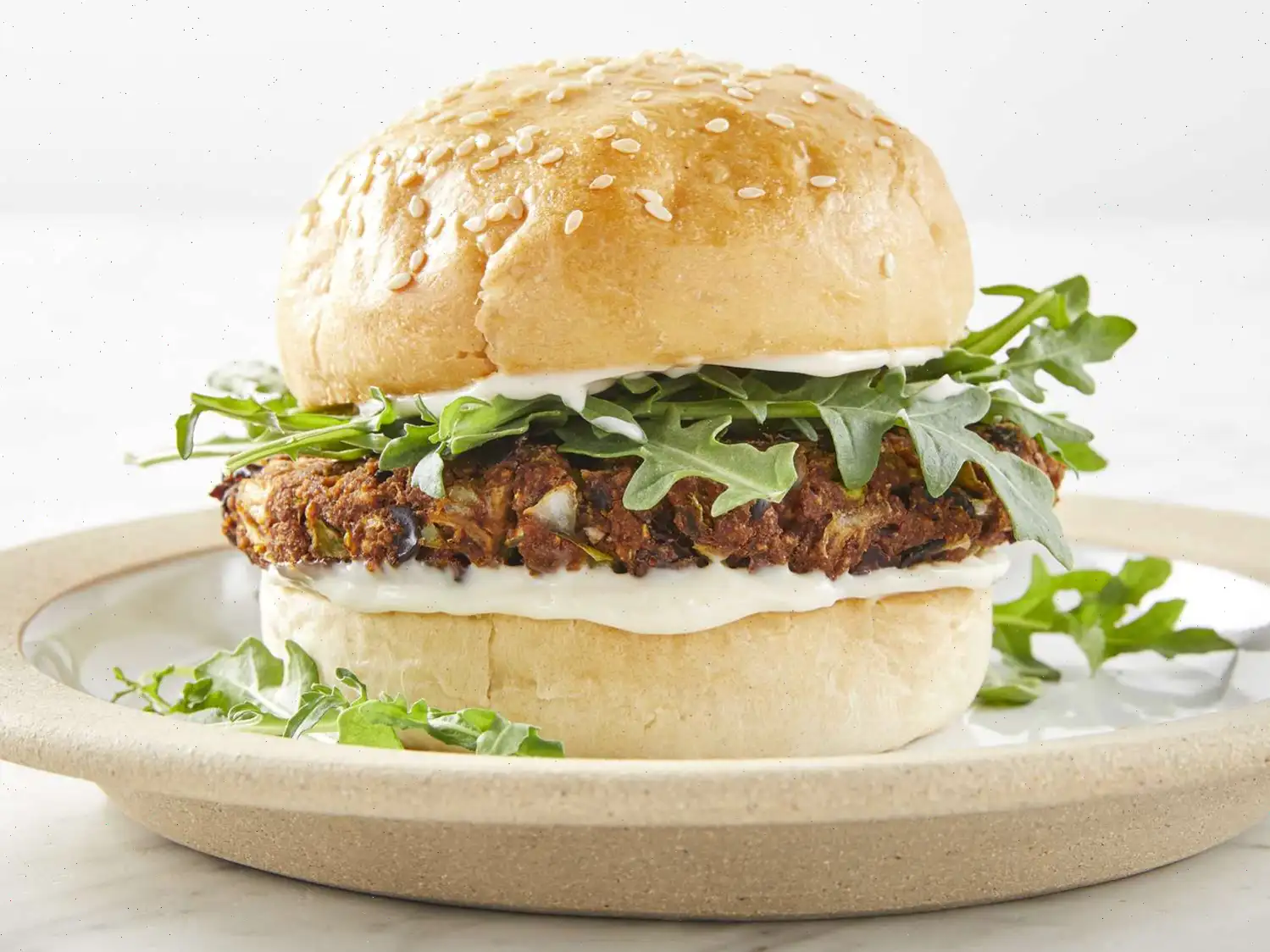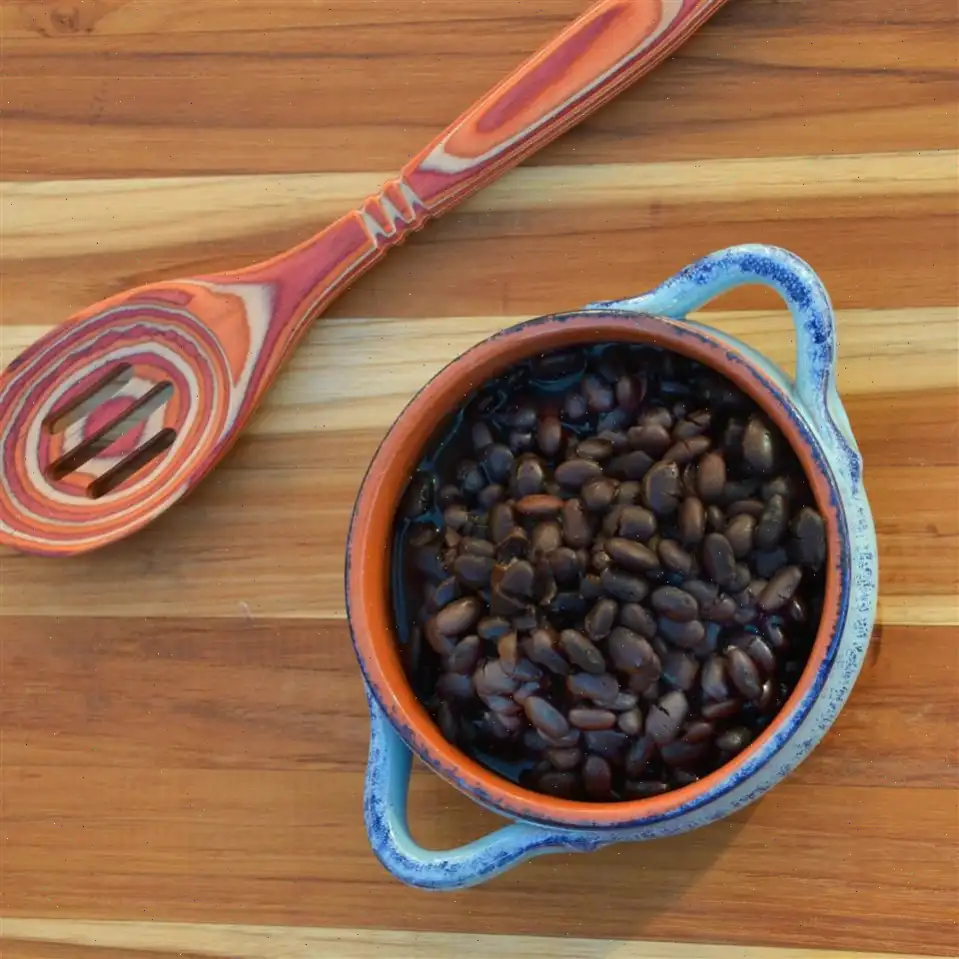
Easy Baked Indian Samosas Recipe
Ingredients
- 4 potatoes, peeled and cubed
- cup vegetable oil
- 2 small onions, finely chopped
- 3 tablespoons coriander seed
- 1 tablespoon curry powder
- 1 (1 inch) piece fresh ginger, grated
- 1 teaspoon salt
- 1 teaspoon ground turmeric
- 1 teaspoon ground cumin
- teaspoon ground allspice
- teaspoon cayenne pepper
- 1 teaspoon ground cinnamon
- 2 Roma (plum) tomatoes, finely chopped
- cup frozen peas
- 2 (14.1 ounce) packages double-crust pie crusts, thawed
- 2 large egg whites, beaten, or as needed
Directions
Step 1: Place potatoes into a large pot and cover with salted water. Bring to a boil, then reduce heat to medium-low. Let the potatoes simmer for about 20 minutes or until tender. Drain the potatoes and transfer them to a large bowl. Mash them coarsely and set aside.
Step 2: Preheat the oven to 400F (200C). Heat the vegetable oil in a large skillet over medium-high heat. Add the chopped onions, coriander seed, curry powder, grated ginger, salt, turmeric, cumin, allspice, cayenne pepper, and cinnamon. Stir the mixture for about 5 minutes until the onion is lightly browned.
Step 3: Remove the skillet from heat and stir in the chopped tomatoes and frozen peas. Pour this mixture into the mashed potatoes and stir until everything is thoroughly combined. Let the filling cool completely.
Step 4: Cut each pie crust into 8 equal triangles. Spoon a portion of the cooled filling onto the wide end of each triangle. Fold the corners of the dough over the filling to form a triangle shape, then pinch the dough edges together to seal the samosa.
Step 5: Brush the beaten egg whites over the top of each samosa and arrange them on a baking sheet.
Step 6: Bake the samosas in the preheated oven for about 15 minutes, or until they turn golden brown.
Recipe Tip
You can prepare these samosas ahead of time by skipping the egg brushing and freezing the uncooked samosas. When ready to bake, simply cook them at 350F (175C) for 25-30 minutes.
Nutrition Facts
Per Serving (1 samosa):
- Calories: 315
- Total Fat: 19g (24% Daily Value)
- Saturated Fat: 4g (22% Daily Value)
- Sodium: 396mg (17% Daily Value)
- Total Carbohydrates: 33g (12% Daily Value)
- Dietary Fiber: 4g (14% Daily Value)
- Total Sugars: 1g
- Protein: 5g (10% Daily Value)
- Vitamin C: 13mg (15% Daily Value)
- Calcium: 26mg (2% Daily Value)
- Iron: 2mg (12% Daily Value)
- Potassium: 325mg (7% Daily Value)
* Percent Daily Values are based on a 2,000 calorie diet. Your daily values may be higher or lower depending on your calorie needs.
** Nutrient information is not available for all ingredients. Amount is based on available nutrient data.

History and Origin
The samosa is a popular snack with origins tracing back to the Middle East, but it became widely known as an Indian delicacy over centuries of cultural exchange. The word "samosa" comes from the Persian word "sanbosag," which refers to a stuffed pastry. The samosa was likely introduced to the Indian subcontinent by traders and migrants along the ancient Silk Road, evolving into the spiced, vegetarian or meat-filled pastry we know today. It became a staple of Indian cuisine, appearing in street food stalls and festive celebrations.
Regional Variations
Samosas vary from region to region within India. In the northern parts of India, samosas are often filled with spiced potatoes, peas, and sometimes lentils, while in the south, they may include variations like tamarind or coconut. The outer crust can also differ, with some regions preferring a flaky, deep-fried shell, while others, like in this recipe, choose to bake the samosas for a lighter version. The size and shape of the samosa also vary; some are small, bite-sized, while others can be large enough to serve as a meal.
Differences from Similar Dishes
Samosas are often compared to other pastries, such as the empanada or the Pakistani samosa, but the difference lies in the spicing and preparation method. Empanadas, typically of Spanish or Latin American origin, often have milder fillings with meats like beef or chicken, while samosas are renowned for their bold, aromatic spice blends. The key difference in samosas, especially those with a vegetarian filling, is the combination of spices like cumin, coriander, turmeric, and ginger, which impart a signature flavor unique to Indian cuisine.
Where Samosas Are Typically Served
Samosas are an integral part of Indian cuisine and can be found in almost any Indian household, especially during festivals like Diwali. They are commonly served as a snack or appetizer in restaurants, paired with chutneys like mint, tamarind, or yogurt-based raita. In street food stalls, they are often enjoyed with chai (tea) as a light meal. In addition to being served at casual gatherings, samosas are also a popular choice at formal events like weddings and large parties due to their ability to be made in large quantities and served easily to guests.
Fun Facts About Samosas
- Samosas have been a favorite snack for centuries and are mentioned in ancient texts and cookbooks from the Middle Ages.
- In some regions, samosas are made with different fillings such as minced meat, seafood, or even sweet fillings like jaggery and coconut.
- In South Africa, samosas have been adapted into local cuisine and are known as "samosas" or "samoosas" and often feature spicy fillings of ground beef or lamb.
- In the UK, samosas have become a popular snack, especially in Indian restaurants, and are often served with a sweet and tangy tamarind chutney.
You can listen to this recipe in AI audio format. Simply click the play button below to listen to the content in a format that suits you best. It’s a great way to absorb information on the go!
FAQ about Easy Baked Indian Samosas Recipe
Comments
Stephen Flores
03/29/2023 06:49:34 AM
I substituted puff pastry for the pie crust and it turned out absolutely delicious!
Nancy Adams
03/16/2023 03:49:29 PM
Outstanding... followed precisely. More intricate than any dish I've had at restaurants.


